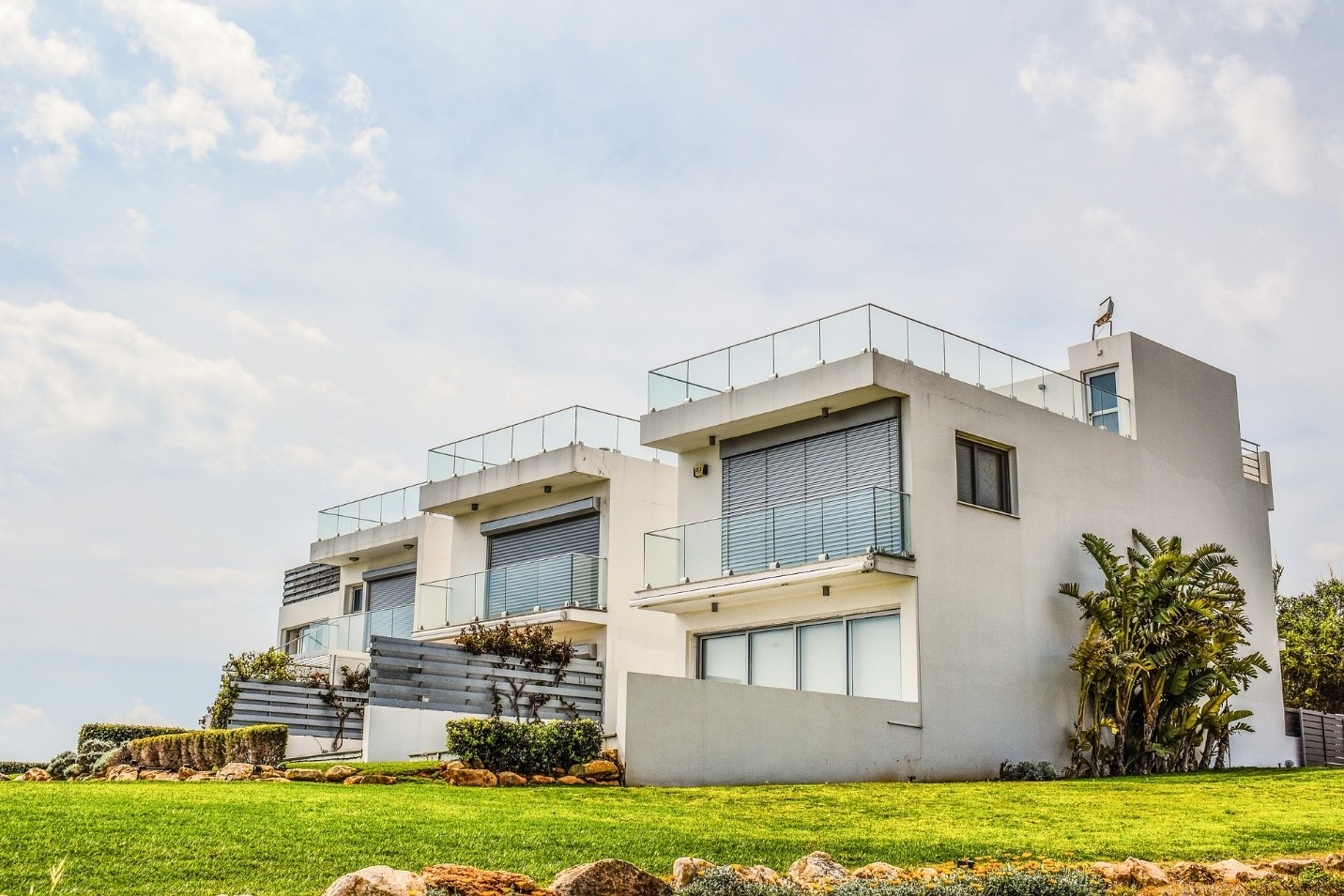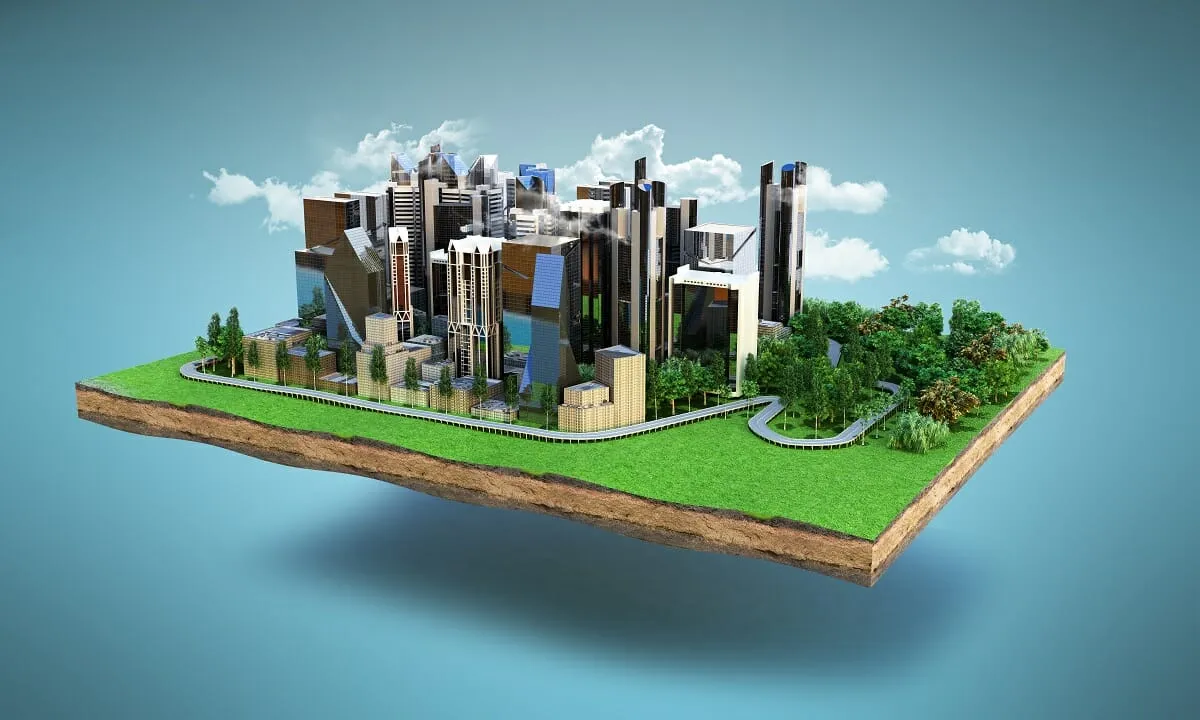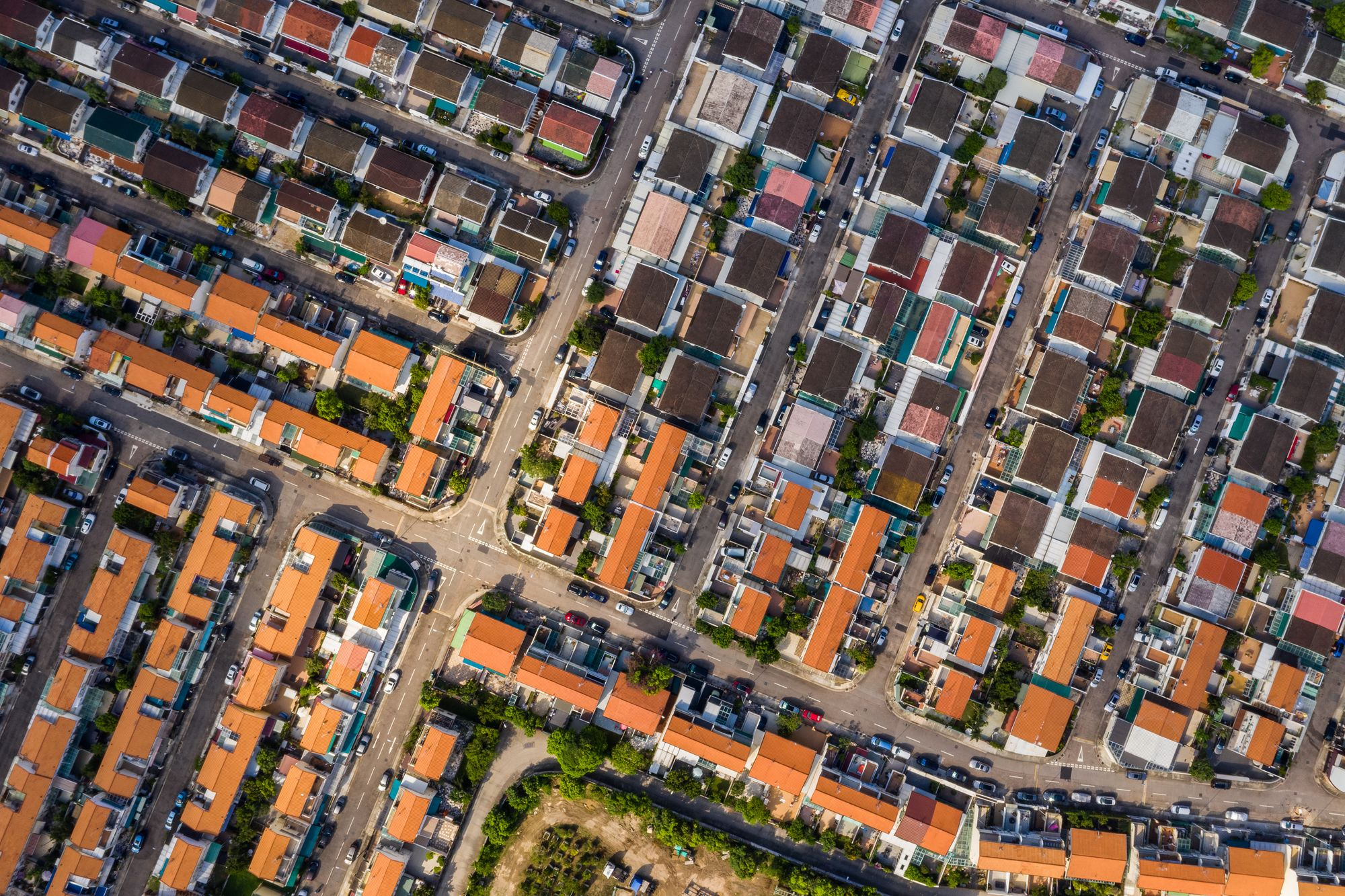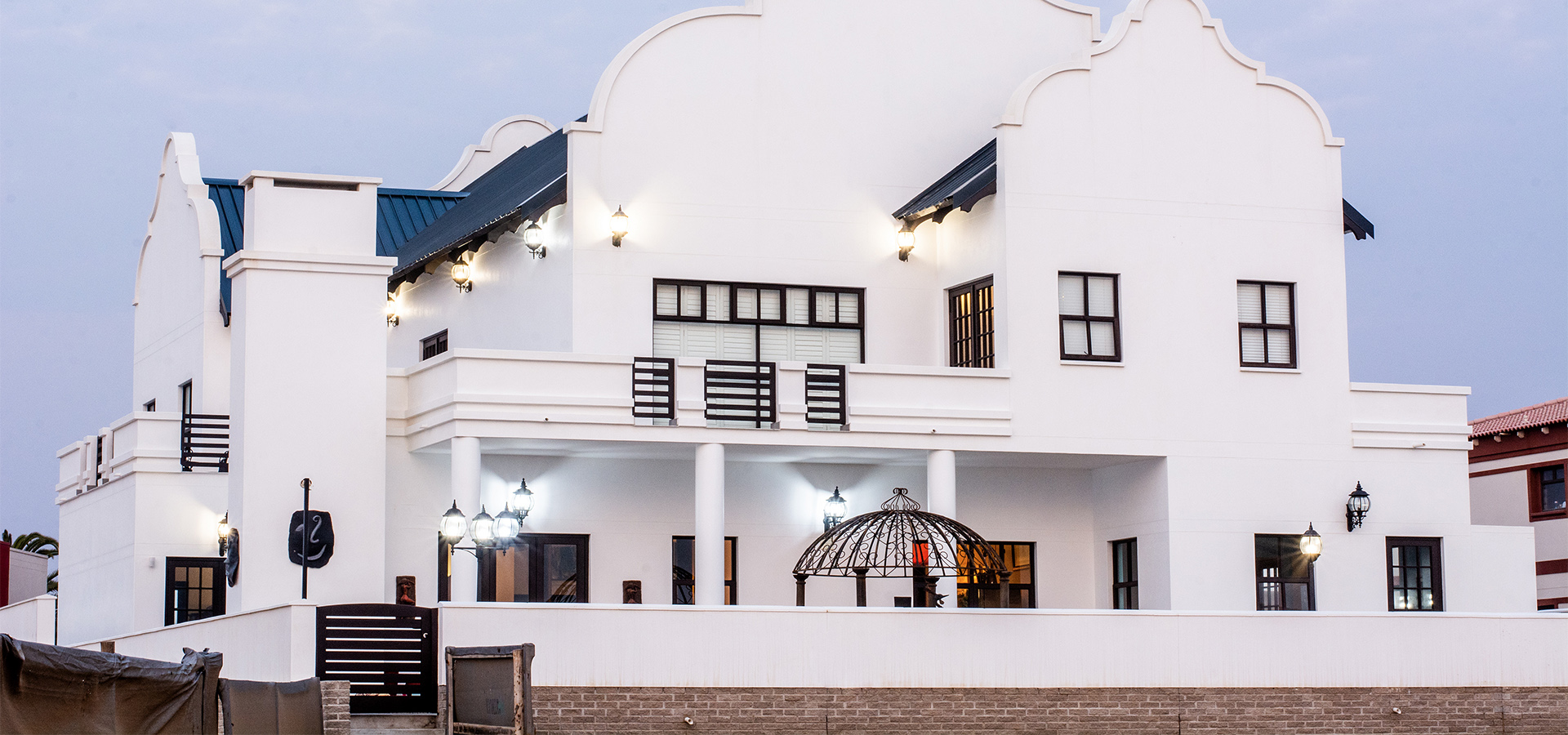A housing issue exists in Namibia. A half million new homes are required, yet a 90percent of the total Namibian families could not be eligible for a loan to pay for them. The issues include perennially mishandled property market fundamentals, debt, modest wage gains, and a dependence on short-term loans.
These currently prevent the majority of Namibians from owning homes. This, in turn, weakens the nation’s expanding GDP and increases social unrest as shanty communities and huts sprout up four times faster than brick homes. According to the World Bank GINI Index, Namibia is the second least uneven nation globally. The same measure demonstrates Namibia’s Emissions of co2 have increased by twofold since 1991, highlighting the demand for more environmentally friendly housing options. These issues have technology solutions that are competitively priced and might be put into use.
Namibia has a clear possibility for building homes, especially in the inexpensive segment with a sizable demand. China, Mauritius, and South Africa accounted for most of the N$59.4 billion foreign direct investment (FDI) that Namibia received between 2009 and 2019. The hard part is finding ways to use that cash in socially and environmentally friendly ways. In place of concrete block structures, contemporary construction techniques (MMC) use off-site methods such as pre-built flexible slats to build structures more quickly and sustainably.
MMC-built homes are extremely versatile and expensive in comparison. They also benefit the environment. Most worldwide development still uses outdated ideas and procedures, which hinders their acceptance. MMC functions best in conjunction with environmentally friendly methods and smart urban design. To build futuristic, close-knit sustainable cities, homes can be built quickly and economically and loaded with equipment for producing sustainable energy and reducing emissions.
The idea appeals to Namibia and other emerging economies due to its twin benefits of quick development time and low economic and environmental costs. We construct economically and environmentally sustainable housing at Project Etopia, a housing supply company in the UK. Our MMC showcase effort in Namibia’s capital Windhoek serves as a model for future change throughout the country. It had pleasant, open spaces that were storm and flood safe and cost about £350 per square meter. Compared to the typical local home price of £102,000, the total cost of the raw product was roughly £25,000. Residents in Namibia self-built the pilot house after quickly upgrading their MMC building skills. This strategy produces long-term employment possibilities and local sociocultural capital.
The building eliminates all energy bills through intelligent lighting, a concentrated solar hot water system, and ventilators with a heat exchange (MVHR) unit. This ingenious box uses only 3kwh of electricity daily while producing 20kwh of its own. Such innovative ways of thinking could revolutionize homes in Africa, but doing so obviously needs the requisite political will and business support. In general, corporations and politicians work together to dictate housing development. Nevertheless, MMC may be able to financially alter people’s standard of living and durability throughout Africa with lengthy cultural, economic, and potential advantages when coupled with the finest contemporary green technologies.
This suggests a promising new era for international economics. Imagine a future where radical new ideas replace old, unhealthy behaviors, resulting in superior systems and items with benefits for the social, financial, and ecological spheres.




